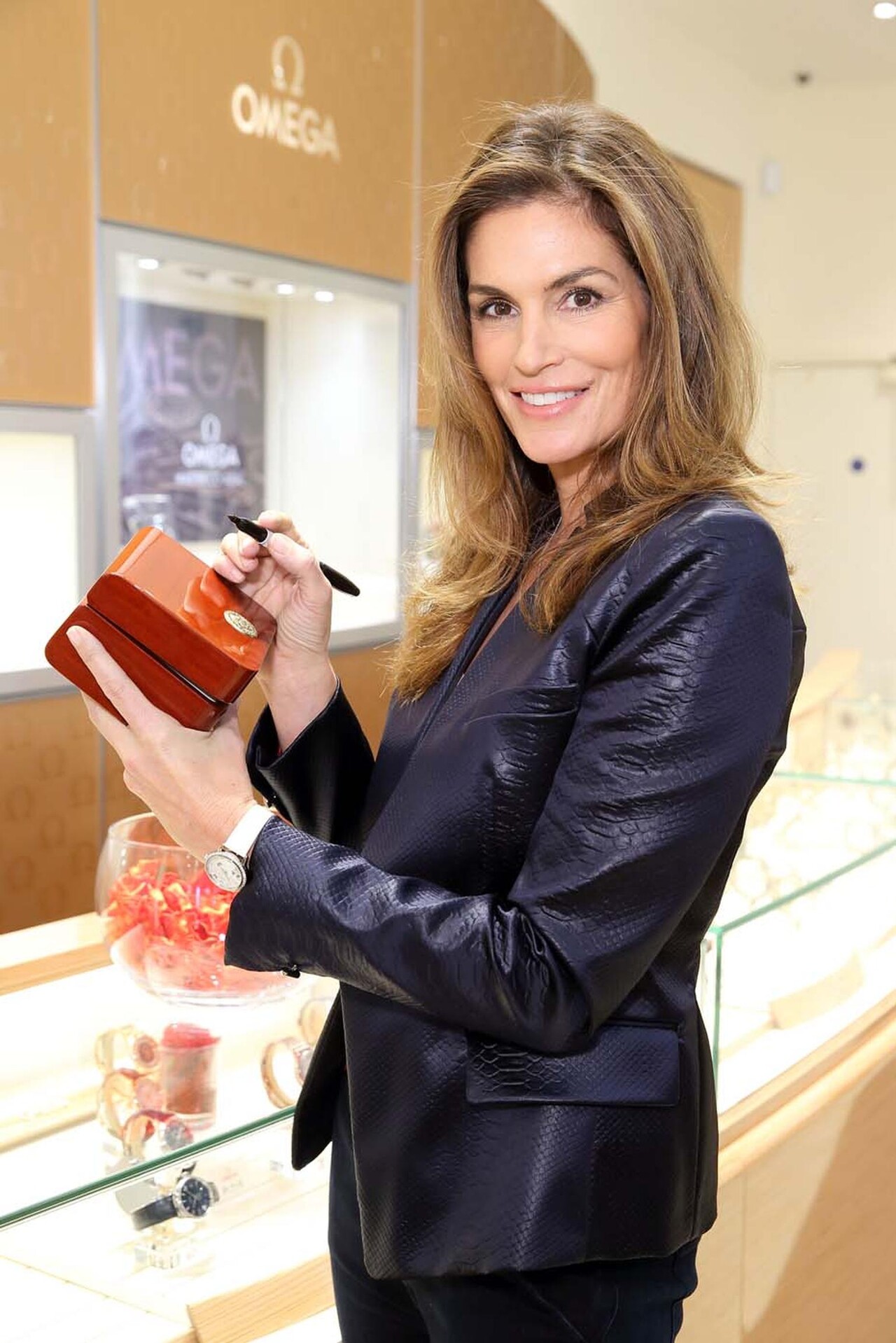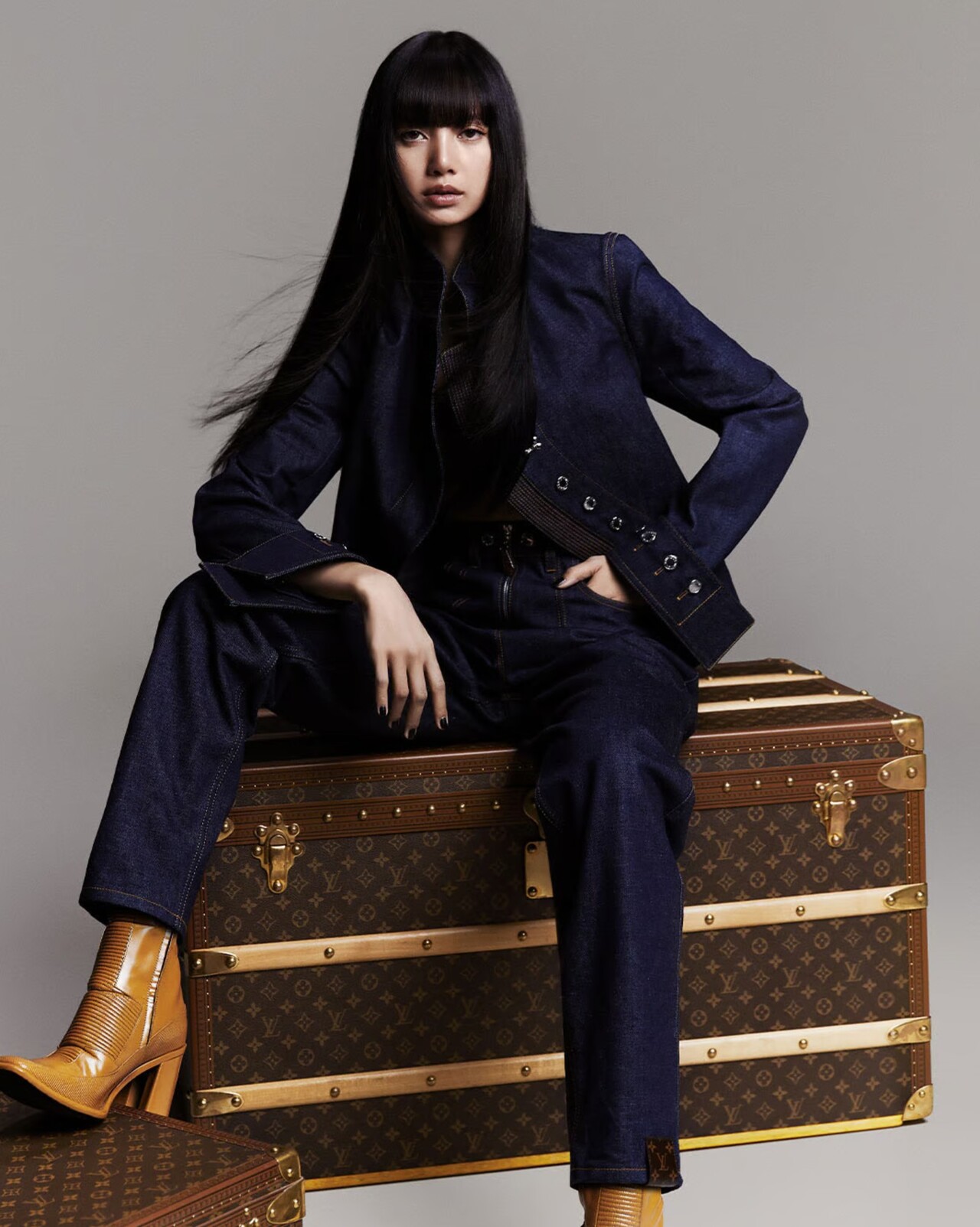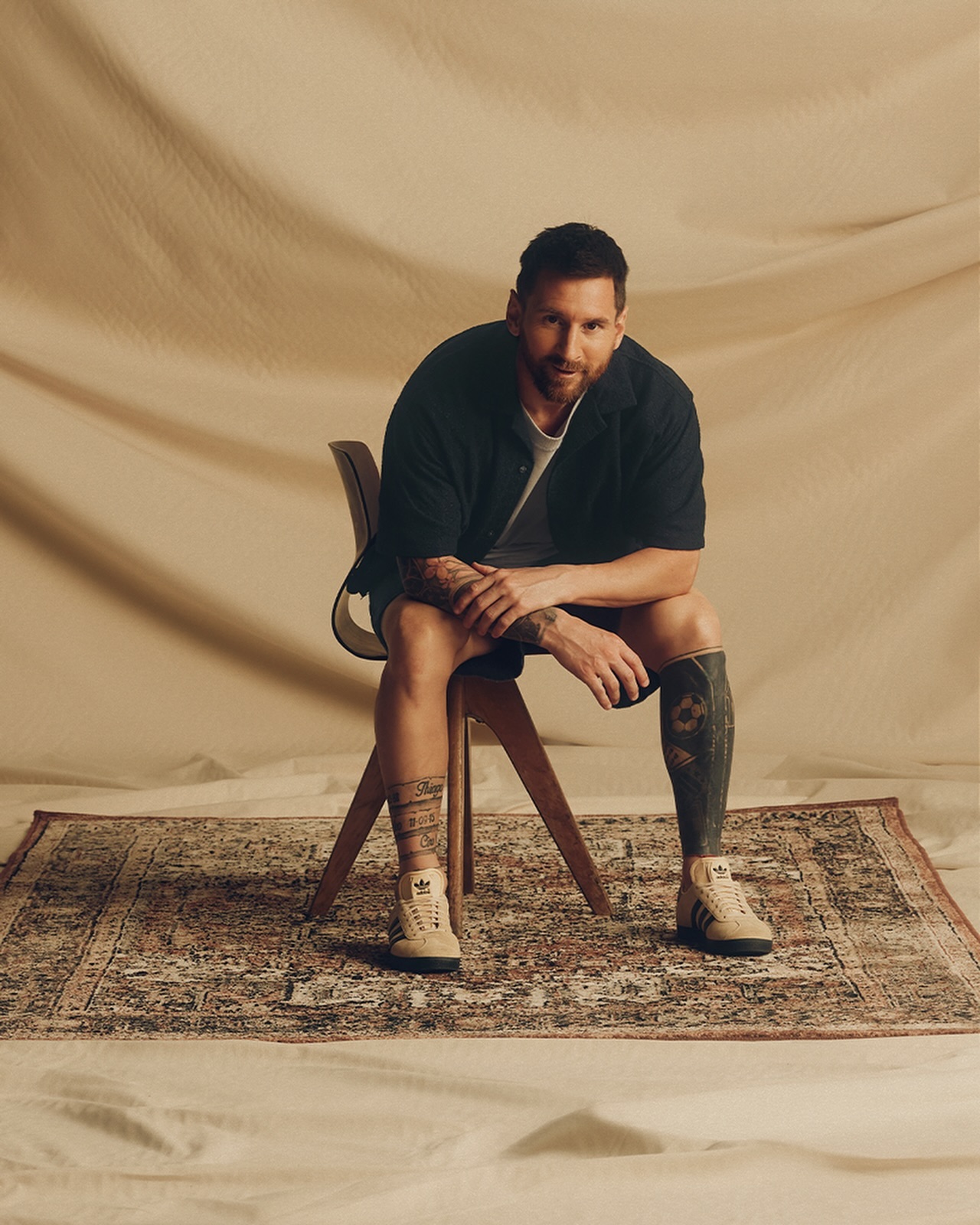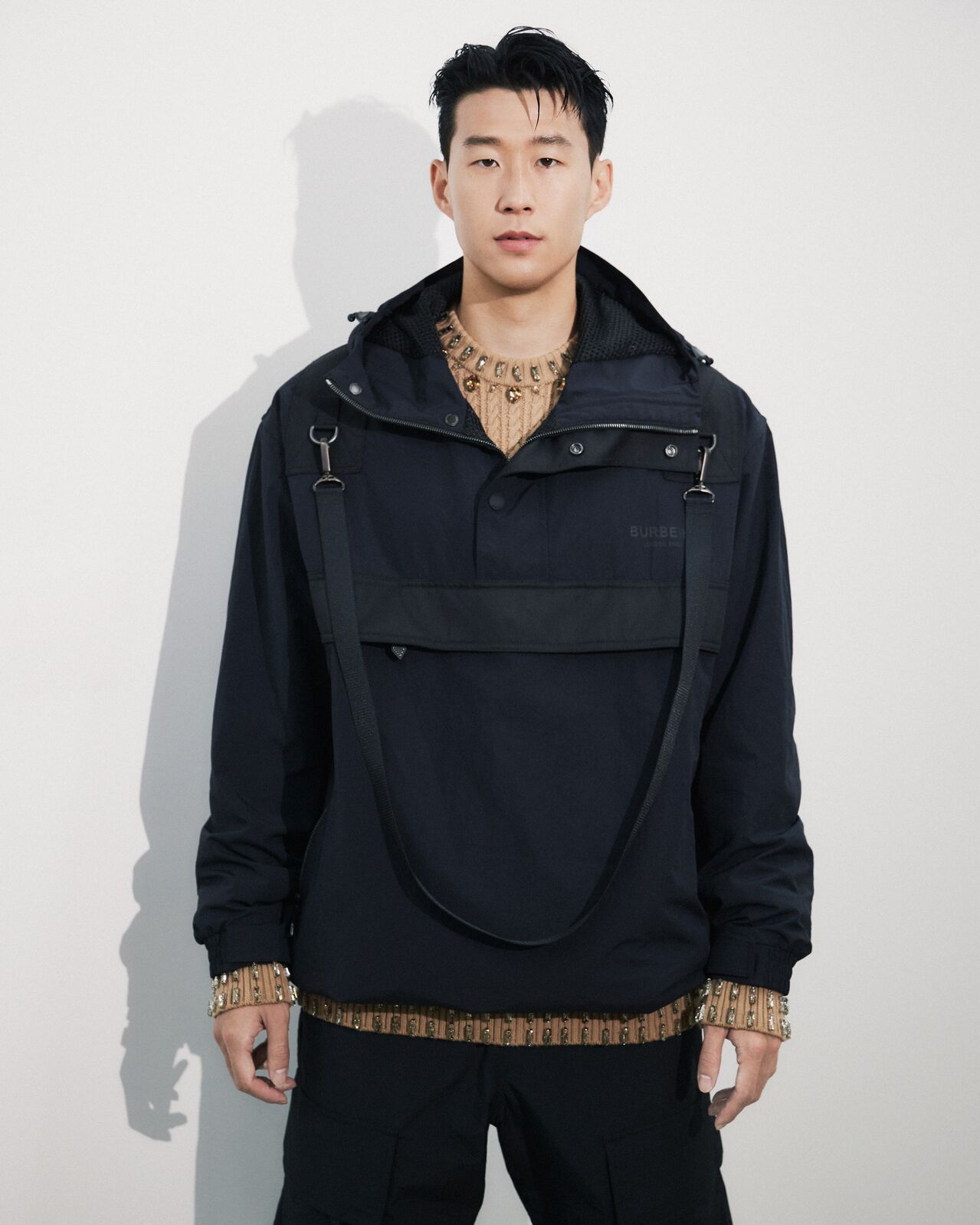On August 1st, global beverage brand Coca-Cola appointed V of the K-pop boy band BTS as its official ambassador. The campaign pictorial, released on Instagram, quickly garnered approximately 700 thousand likes in just two days. In this sense, ambassadors have become core assets that shape brand identity and influence consumer sentiment. In response, the Sungkyun Times (SKT) will analyze the evolution of ambassadors and how brands and ambassadors impact one another.
Birth of a Brand Icon
-From Inspiration to Alliance
The term ambassador originally referred to the highest-ranking diplomat representing a nation. In modern times, however, the term has broadened to describe figures who represent specific brands or organizations, particularly in marketing. This modern notion traces its roots back to the late 18th century and has continued through the late 20th century, an era centered on the concept of the muse. During this period, brands often featured actors, sports stars, or socialites as their muses. These muses were not simply advertising models; they provided inspiration for brands and embodied their aesthetic and cultural sensibilities. Recognized as Chanel’s most iconic muse, Marilyn Monroe’s timeless association with the perfume Chanel No. 5 demonstrates that a muse is more than a commercial model — she embodied Chanel’s identity and narrative as a cultural icon. In 1995, the Swiss watch brand Omega appointed supermodel Cindy Crawford as its brand ambassador, marking the first official use of the term brand ambassador. Ambassadors, like muses, also represent a brand’s identity. However, unlike muses, they engage in promotional and marketing activities based on a formally structured contract system. Beyond simple advertising appearances, this formal contract represents a more profound commitment: a longterm, strategic partnership with the brand. Today, brand contracts extend beyond traditional celebrities to include influencers, allowing the role of ambassadors to expand even further.

-Behind the Faces That Shape a Brand
As ambassadors gain importance, brand marketing driven by ambassadors has become a key element of business strategy. To gain deeper insight into this practice, the SKT examined the primary factors behind ambassador selection through an interview with Lee Ye-ryeong, a digital marketing expert and Professor of Healthcare Management at Hwasung Medi-Science University. First and foremost, she emphasized brand fit as a major factor in the selection process, noting that an ambassador’s image and lifestyle must align naturally with the brand’s identity. “If this alignment is lacking, consumers quickly sense the discrepancy, which can negatively affect the brand image,” she warned, underscoring the importance of coherence. She also highlighted another crucial criterion — alignment with the target consumer. Meaningful results, she explained, are possible only when the ambassador’s fan base overlaps with the brand’s target market. Additionally, she highlighted influence as an additional core element — not in terms of superficial metrics such as follower count, but in how fans engage with content and how widely that content spreads across platforms. As such, the selection of an ambassador is carried out with careful consideration, taking multiple factors into account.
Mutual Alchemy
-When Faces Fuel Fortunes
The collaboration between a brand and its ambassador extends far beyond simple advertising and has significant ripple effects for both parties. First, ambassadors significantly contribute to increasing Return on Investment (ROI) and overall corporate profits. According to two studies conducted in 2025 by Rajat Saini and Pranshu Singh, ambassador marketing delivers an ROI three to six times higher than standard advertising without an ambassador. Furthermore, the 2023 book titled Celebrity Endorsement and Its Impact on Sales explains that brands with ambassadors experience direct sales growth. In fact, French luxury fashion brand Christian Dior saw a sharp increase in sales after signing Jisoo, a member of the K-pop girl group Blackpink, as its brand ambassador in 2021. The sales of Dior, which stood at ₩325.5 billion in 2020, soared to ₩930.5 billion in 2022. Given the timing, this surge can largely be attributed to Jisoo’s role as an ambassador, which made Dior far more accessible to Asian consumers — especially the younger generation. Next, ambassadors play a significant role in strengthening consumers’ trust and loyalty toward a brand. The 2024 customer data from Tokopedia, Indonesia’s largest e-commerce platform, indicates that ambassadors significantly enhance consumer trust by leveraging emotional connection and broad popularity. This high level of trust contributes to higher repurchase rates, ultimately leading to long-term customer loyalty. Indeed, since 1984, Michael Jordan’s star power and image have boosted the credibility of Nike, for which he has served as an ambassador. Jordan fans began purchasing Nike products, and with his continued presence as an ambassador, repeat purchases and ultimately loyalty increased as well. In other words, a successful ambassador strategy not only drives short-term sales growth but also plays a key role in strengthening long-term brand equity.
-Unlocking the Infinite Stage
Just as ambassadors fuel brand growth, brands also have a positive influence on their ambassadors. First, collaborations with brands dramatically increase an ambassador’s personal brand value and public recognition. For instance, Jeno of the K-pop boy group NCT generated $1.1 million in Media Impact Value (MIV) — a metric that represents the financial worth of media mentions and content engagement — with a single Instagram post from the SS23 Milan Fashion Week, where he attended as an ambassador for the Italian fashion brand Ferragamo. This goes beyond one-time attention; it demonstrates that, through a global fashion stage, Jeno was able to step into the worldwide spotlight. In addition, brands not only provide ambassadors with exposure but also naturally transfer their luxurious image onto them. In fact, Lisa, another member of Blackpink, began her career as an ambassador for the French luxury brand Celine in 2020. Since then, luxury has become deeply ingrained in her image, leading to a string of offers from global luxury brands like MAC, Bulgari, and Louis Vuitton. International fashion media outlets have since hailed her as a fashion icon and a symbol of elegance. At the same time, the public dubbed her the “human Celine,” acknowledging her luxurious image. In this way, the relationship is mutually beneficial.

When People Become the Brand
Today, some brands are defined by a face that comes to mind the moment their name is spoken. The SKT aims to explore this powerful synergy through two cases where ambassadors have become living symbols of their brands.
1) Adidas x Lionel Messi

During his time at FC Barcelona’s youth academy, Lionel Messi initially wore products from Nike, the club’s main sponsor. However, the relationship soured in 2006 when Nike refused his father’s request for additional training gear. Seizing this gap, Adidas approached Messi first and signed an official sponsorship deal with him that same year, a partnership that was further solidified with a lifetime contract in 2017. Following this, Adidas launched the subbrand Adidas Messi in 2015, and in 2024, it established Messi Day and unveiled the F50 Triunfo Estelar boots, inspired by the Chameleon Pack worn by Messi. Ultimately, the partnership between Messi and Adidas has evolved beyond a simple ambassador-brand relationship into a special partnership that has shaped the history of football.
2) Burberry x Son Heung-min

In 2022, British luxury brand Burberry welcomed Son Heung-min as a global ambassador. This c ollaboration went beyond a simple partnership with a soccer star; it marked a new trend blurring the lines between sports and fashion. Son appeared in Burberry’s Winter 2022 global campaign and attended the 2024 Burberry Winter Collection fashion show in London as a front-row guest. His presence both on the pitch and at major fashion events demonstrated that a single icon can successfully embody two seemingly separate worlds. Burberry explained that his relentless pursuit of excellence aligned with its brand philosophies: “discovering the possible” and “imagining the boundaries that break down.” Ultimately, the collaboration between Son Heung-min and Burberry stands as a prime example of how a brand and an ambassador can create new value through shared stories.
“A strong partnership goes beyond transactions and is only possible through genuine connection,” said brand expert consultant Michelle Tillis Lederman. Just as brands and ambassadors elevate one another — fueling mutual growth and sparking new opportunities — Sungkyunkwan University (SKKU) and Kingos are also broadening horizons for each other. In this sense, perhaps SKKU can be seen as the brand, and we Kingos as its genuine ambassadors.
